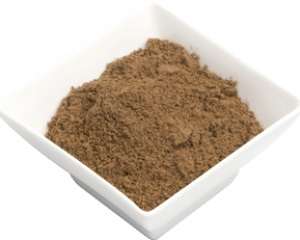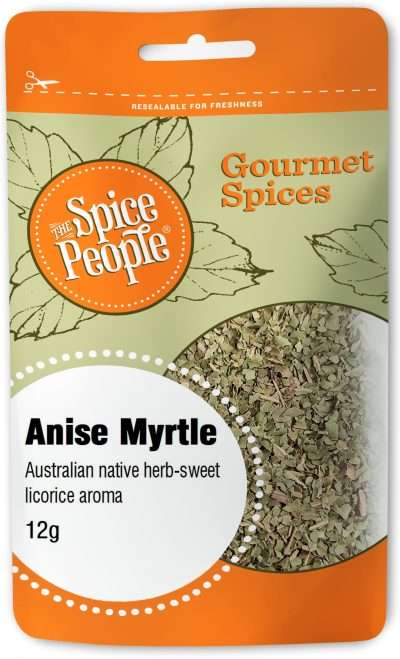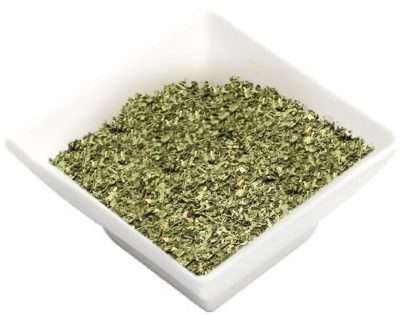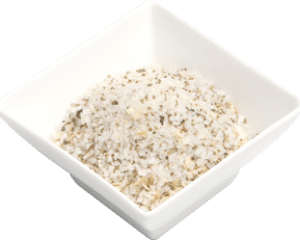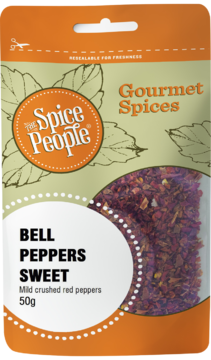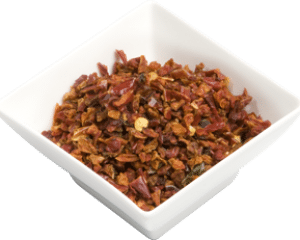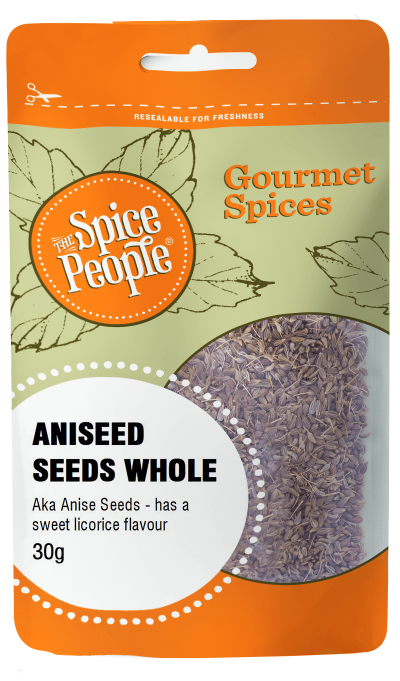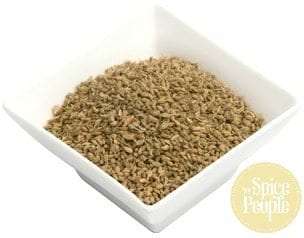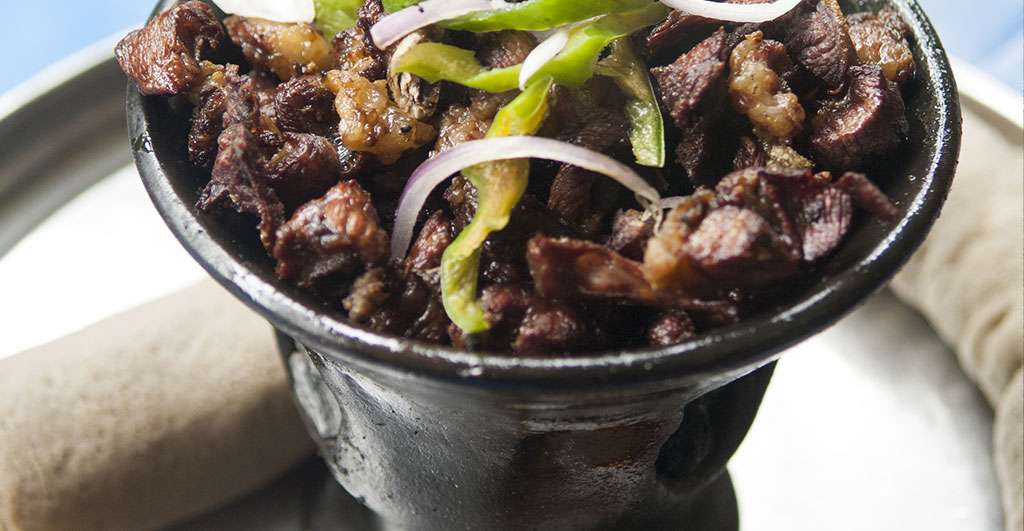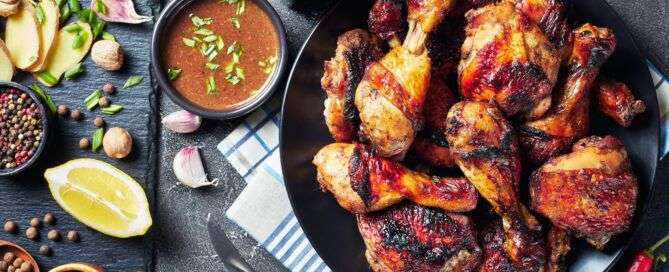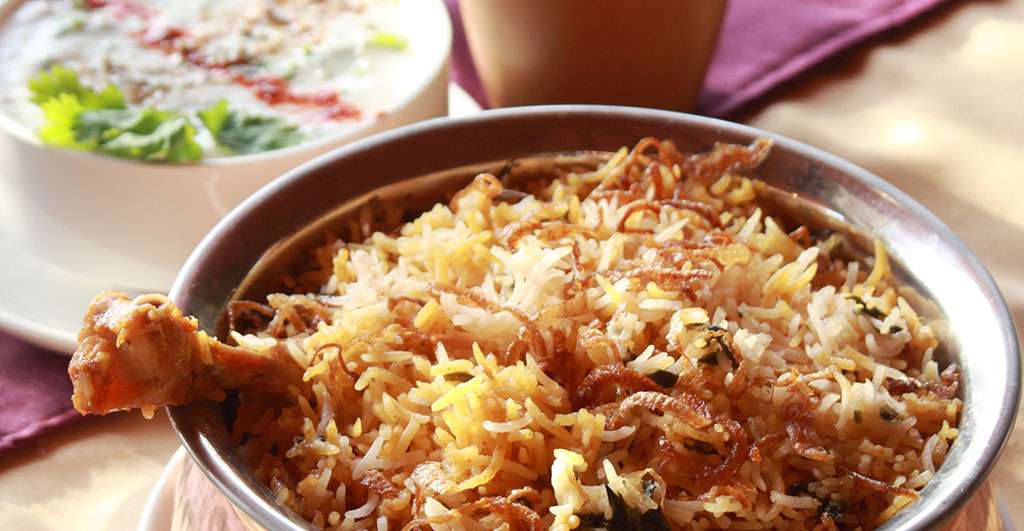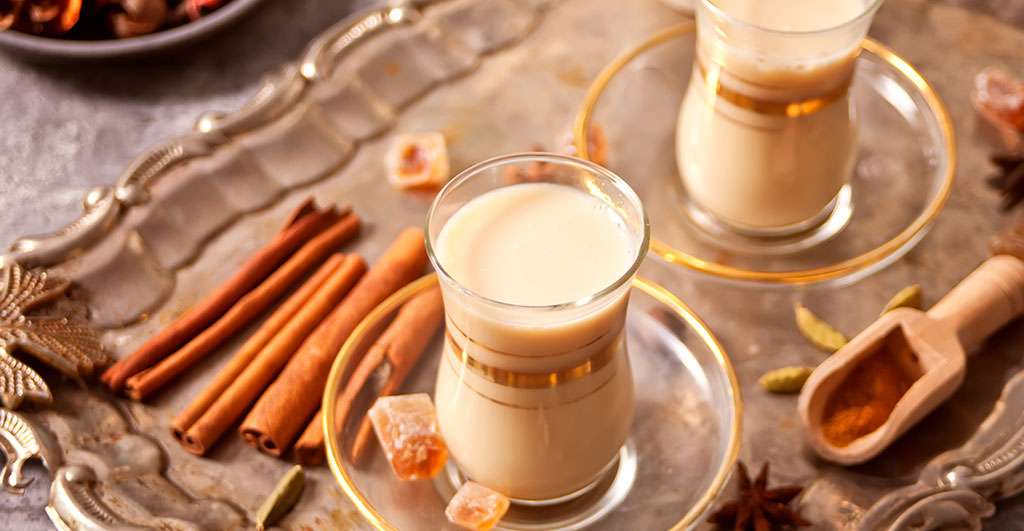Allspice Berries Ground – 35g
496 in stock
Product description
Also known as pimento, the allspice berry imparts flavours reminiscent of cinnamon, nutmeg & cloves with a hint of pepper. Allspice is a single small berry from the Jamaican bayberry tree. It is the dried unripe fruit which has a brown colour, which is ground to produce an easy to use powder. Its heavy sweetness lends allspice a great deal of versatility. It is a key ingredient of Caribbean cuisine. It also contains essential oils with anti-microbial components and health benefits. The Spice People carry these allspice products: allspice whole berries and allspice ground berries.
Flavour Notes:
Allspice Berries, also known as Pimento Spice, are the dried, unripe fruits of the Pimenta Dioica tree that’s native to Central America and the Caribbean. Despite its name, Allspice is not a blend of multiple spices but is a single spice with a taste that’s reminiscent of cinnamon, nutmeg, cloves and pepper in one. The berries are harvested when green and are left to ripen and dry in the sun until they turn a deep reddish-brown colour. The berries can be used whole in slow-cooks and curries or ground in dry rubs, marinades and even sweet dishes like cakes, biscuits and puddings.
Culinary Notes:
A key ingredient in Caribbean and Latin American cuisines, Allspice Berries impart a uniquely varied flavour with a sweetness akin to cinnamon, a subtle spice similar to cloves and nutmeg and a peppery warmth to round it out. This diverse combination makes Allspice one of the most versatile spices in our culinary world and marries perfectly with light meats like chicken, fish and seafood, richer meats like beef, lamb and goat, a range of sweet dishes like custard and fruit cake and even drinks such as mulled wine and spiced warm cider. Used both whole and ground, these Dried Pimento Berries are also a staple ingredient in the world-renowned Jamaican Jerk Seasoning and gives the spice blend its famous fruity-like flavour and warm aroma.
Health Benefits:
Not only does Whole Allspice have a variety of culinary uses, but also harbours a range of impressive health benefits due to its prominent levels of eugenol. Eugenol is an essential oil that helps to alleviate digestive issues, reduce pain and has anti-microbial properties that help fight off nasty disease-causing bacteria. It can also help to improve our bodies’ circulation and is known to have antiseptic and antioxidant benefits for immune defence.
Ingredients:
100% Ground Allspice Berries
How to use

The Spice People FAQs


The Spice People FAQs

Other Spices you may like
Featured in



Join the Spice People to Get Started on Your Culinary Spice Journey!
Be the first to hear about our exclusive promotions, new product releases, recipes and more.

